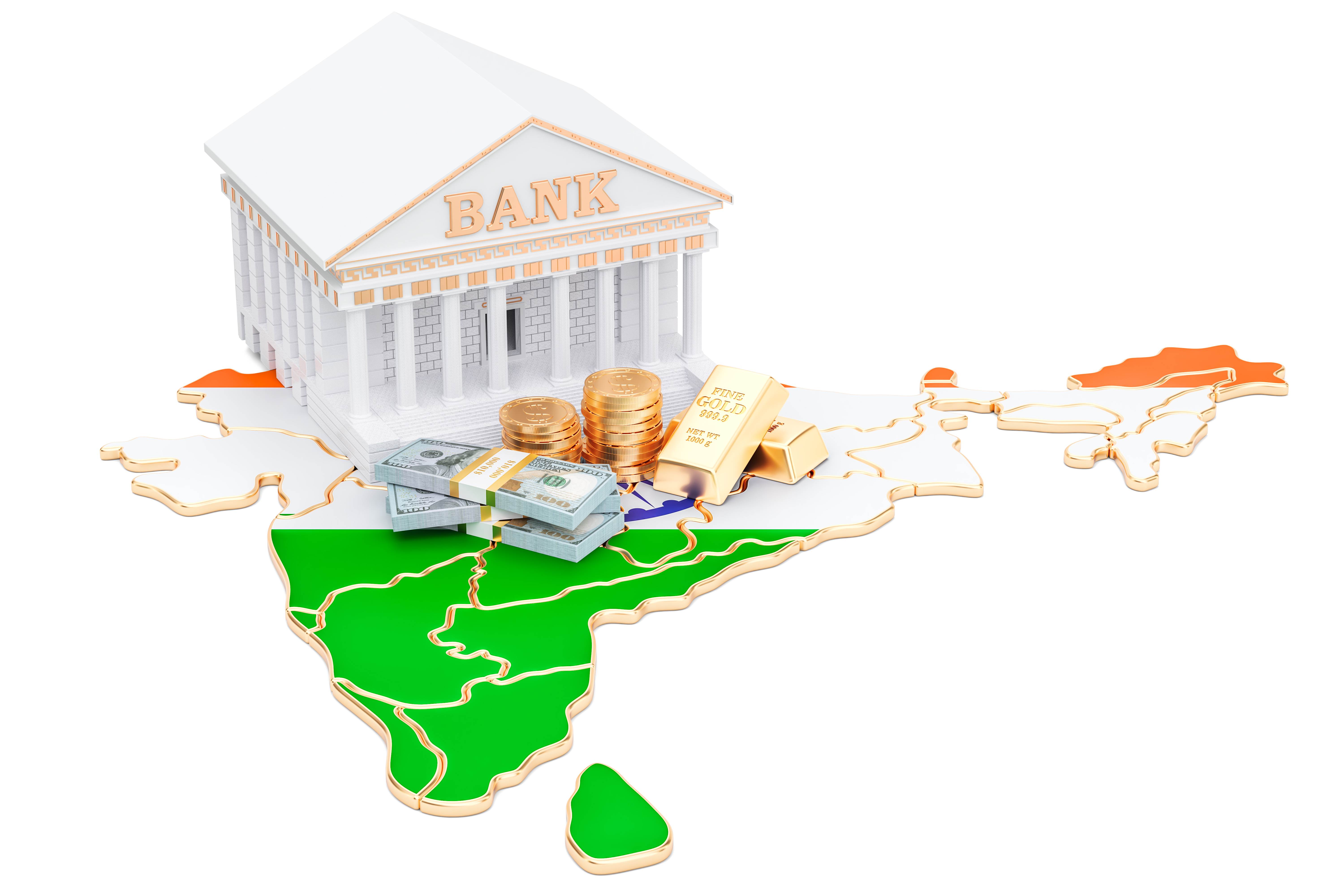So goes Uttar Pradesh, So goes the Nation... But where does it leave India?
If Uttar Pradesh was a country, it would be the fifth biggest in the world (bigger than Pakistan and Brazil): with 240 million residents it is also India’s most populous state, and sends eighty MPs to Parliament every five years, which makes it something of a kingmaker on the Subcontinent. Its where Narendra Modi was born, its where Nehru was born, and its where the voting constituency is so large polling has to take place in seven staggered stages over four weeks. And what those teeming numbers have to say couldn’t matter more for India’s future: so goes Uttar Pradesh…so goes the Nation.
Not that 180 Million registered Uttar Pradesh voters can be relied on to be predictable. This is, after all, a populace that went to the Indian Supreme Court in 2013 to fight for the right to vote “none of the above” on the ballot: and since 2004, the key lower House of the Indian Parliament, Lok Sabha, has changed hands between Congress and the BJP twice, four times since 1991. More recently, the pendulum swing has come in regular two term cycles, with the BJP winning the last two: so how would the people of Uttar Pradesh decide, how would they shift the paradigm, when they went back to the polls for the latest round of State elections last month?
I expect you know the answer to that one already (one of the drawbacks of a weekly newsletter, given the results were announced last Thursday), but it bears re-telling because it’s of major significance, not just for the future of Indian politics, but also because of its near term impact on the subcontinent’s economy (more of which in a moment).
The answer is that the BJP bucked historical trends by winning four key states, including Uttar Pradesh, where it retained power with a clear majority of 266 out of 403 seats. That’s the first win by an incumbent party in the state for more than thirty years, and the new Chief Minister, also the old Chief Minister (Yogi Adityanath), will be the first to retain office since the state was created. So goes Uttar Pradesh…as they say.
Like most prominent politicians, Adityanath is not free from flaws, and his hard-line nationalist agenda has attracted particularly fierce criticism over the past five years: Muslim communities within Uttar Pradesh could be forgiven for looking askance at the creation of a “Hindu Army”, a ban on the slaughter of cattle, and an anti-conversion policy animated by the social media myth that Muslim men are forcing Hindu women into marriage to convert them to Islam (the “love jihad” fiction). All of that could acceptably come from the desk of Donald Trump. But…but, since Adityanath was first elected five years ago, Uttar Pradesh has also become the second largest state economy on the Subcontinent (from seventh in 2017), with a steady programme to create a $5 Trillion platform for growth. It must be hard for the average voter to ignore the impact of that on their daily lives…and indeed they didn’t.
The result in Uttar Pradesh is also likely to be the final nail in the coffin for Congress, particularly after it lost seats in Goa, Manipur and Punjab as well ( a former stronghold of Nehru’s party, a party that held sway over India for so long). In Uttar Pradesh Congress won just a single seat. So it was something of an understatement for Aadil Boparai, the Party’s nominal leader, to describe the result as “challenging” and “a disappointment”: it was, in truth, little short of catastrophic. The Indian Express was more on the button, trumpeting that “The BJP simply has no competition”.
Where Next?
So where does that leave India?
Well, the first point to make is that (whatever side of the political divide you’re on), those pendulum swings of power are rarely good for an economy. Consistency is a valuable commodity in the life of a nation: just ask any Italian industrialist, or rural farm worker for that matter, who watched power switch hands sixty six times since 1945, with the economy nosediving in the process. The greatest transformation arising from the result in Uttar Pradesh is that there will be no transformation: it will further entrench stability on the Subcontinent: and bearing in mind the Indian economy has grown by 8% annually since 2004, that’s precisely the sort of stability we need.
And whatever the wilder excesses of Adityanath might be, and however they’re eventually curbed, Narender Modi has shown himself to be a friend of economic expansion: introducing policies to reign in the previous excesses of the subcontinent’s wild east, nurturing a culture of enterprise, and making India more outward looking than ever before: becoming a distribution hub for the world, and a centre for technical excellence.
So this isn’t the time to take the hand from the tiller…it’s time to keep things on track, and Uttar Pradesh has shown the way.
Executive Overview
Uttar Pradesh is a bellwether state, so recent state elections provide a good pointer for what the future holds…Consistency and stability are the order of the day, and that has to be good for the subcontinent’s economy.
Invest in Red Ribbon Asset Management

Red Ribbon is committed to identifying and building on investment opportunities that are fully in compliance with its core Planet, People, Profit policy: not only offering above market rate returns for investors but also protecting our Natural Capital.







Leave a Reply